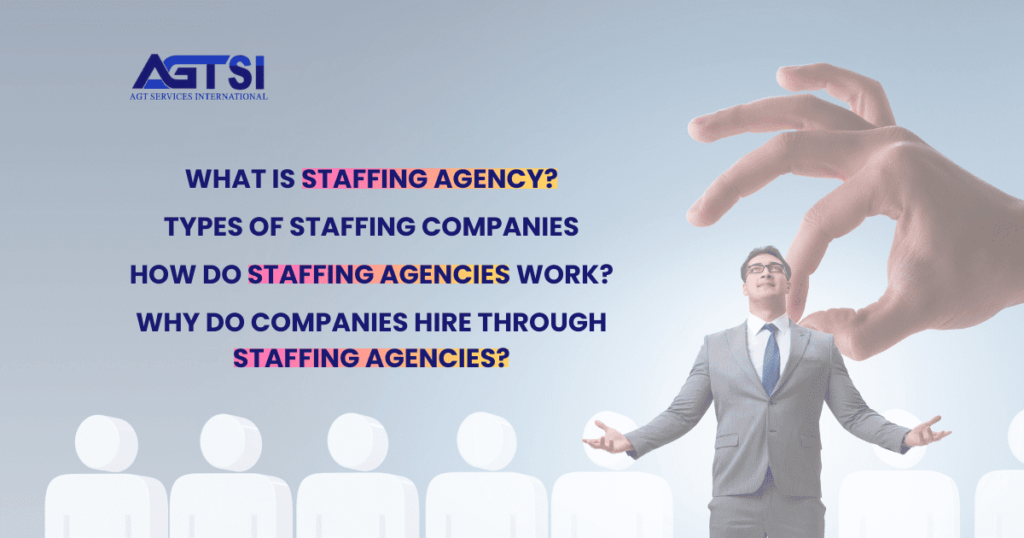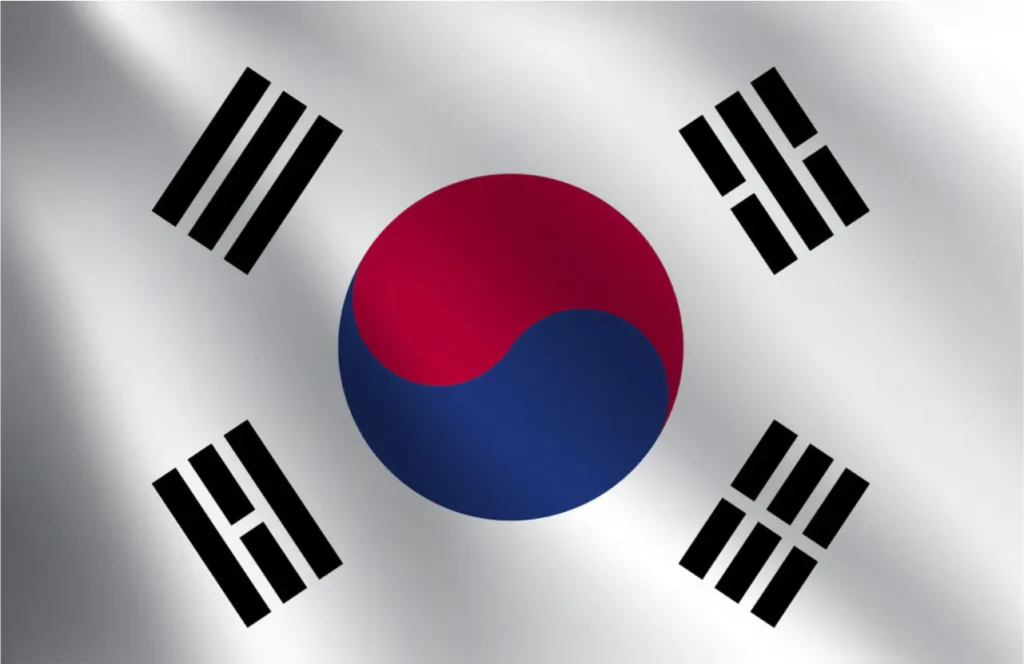What is HR Planning?
HR planning is when a company figures out who they need to hire and keep to meet their goals. It involves looking ahead to see how many staff they’ll need, finding out what skills are missing, and making plans to hire, train, and keep good employees.
What is Manpower Planning?
Manpower planning is all about figuring out how many employees a company needs and what skills they should have to get the job done. It involves looking at future goals, current staff abilities, and any gaps in skills. Then, it’s about making plans to hire, train, and organize employees effectively. The objective is to ensure that individuals possessing the appropriate skills are strategically positioned at the opportune moments to contribute to the success of the company.
The objective is to ensure that individuals possessing the appropriate skills are strategically positioned at the opportune moments to contribute to the success of the company.
Difference between HR Planning and Manpower Planning
| Aspect | HR Planning | Manpower Planning |
| Focus | Aligning human capital with organizational objectives | Determining staffing levels for immediate efficiency |
| Scope | Long-term strategy | Short to medium-term operational needs |
| Time Horizon | Future-oriented, considering organizational growth | Immediate, addressing current operational demands |
| Activities | Forecasting future personnel needs, identifying skill gaps, planning recruitment, training, and retention | Analyzing current workforce capabilities, quantifying staffing requirements, implementing recruitment and training plans |
| Objective | Ensuring workforce readiness for future challenges | Meeting immediate operational demands efficiently |
| Flexibility | Adaptable to changing organizational goals and market dynamics | Less flexible due to immediate operational focus |
| Strategic Impact | Influences organizational culture and long-term success | Influences day-to-day operations and short-term productivity and mistakes to avoid |
These additional differences provide a more comprehensive comparison between HR planning and manpower planning, considering factors such as flexibility, strategic impact, and adaptability to changing organizational needs.
How HRP Works?
1. Assessment of Current Workforce
The first step involves assessing the current workforce, including their skills, experience, performance, and potential for development. This evaluation aids in pinpointing both the strengths and weaknesses present within the organization’s talent pool.
2. Anticipating Future Workforce Requirements
HR professionals anticipate future workforce requirements based on the organization’s strategic goals and business strategies. This entails forecasting shifts in labor demand influenced by elements like growth, market expansion, technological progress, and evolving industry regulations.
3. Workforce Gap Analysis
HR conducts a thorough assessment of the current workforce alongside a forward-looking analysis to anticipate future needs. Through this evaluation, the focus lies on identifying any gaps between the skills, knowledge, and competencies required for the future and what the current workforce possesses.
4. Recruitment and Selection
Once the gaps are identified, HR develops strategies to address them. This may involve recruiting new talent externally, promoting from within the organization, or providing training and development opportunities to existing employees to fill the skill gaps.
5. Retention Strategies
In addition to recruiting new talent, HRP also focuses on retaining existing employees. This involves creating a positive work environment, offering competitive compensation and benefits, providing opportunities for career advancement, and implementing employee engagement initiatives to enhance job satisfaction and loyalty.
6. Assessing Workforce Discrepancies
Within the scope of assessing workforce discrepancies, HRP encompasses succession planning. This process entails recognizing and nurturing high-potential employees, ensuring a constant reservoir of capable individuals primed to step into pivotal roles within the organization when the need arises.
7. Performance Tracking and Assessment
The process of HRP necessitates continuous monitoring and evaluation. HR professionals consistently gauge the efficacy of their workforce planning strategies, adapting them as needed in response to shifts in both internal dynamics and external market conditions.
How Manpower Planning Works?
1. Assessing Organizational Needs
The process begins with assessing the organization’s strategic goals, operational objectives, and the tasks required to achieve them. This evaluation aids in determining the necessary quantity and caliber of human resources.
2. Forecasting Demand
Manpower planners analyze historical data, market trends, business forecasts, and other relevant factors to predict future demand for human resources. This involves estimating the number of employees needed in various roles and skill sets.
3. Assessing Current Workforce
The current workforce is assessed based on skills, experience, performance, and potential for growth. This assessment identifies gaps between the current workforce and the future requirements of the organization.
4. Identifying Surplus or Shortage
By matching projected demand with existing talent pools, manpower planners pinpoint potential employee surplus or shortage areas.Surplus may lead to layoffs, redeployment, or retraining, while shortages may necessitate recruitment or training initiatives.
5. Strategy Development
Using identified gaps to devise workforce solutions.This may involve recruitment, training, development, promotion, transfer, outsourcing, or downsizing.
6. Implementing Plans
Once strategies are formulated, they are put into action. This may include hiring new employees, conducting training programs, promoting from within, or restructuring existing teams.
7. Monitoring and Evaluation
Manpower planning is an ongoing process that requires continuous monitoring and evaluation. This ensures that the workforce remains aligned with the organization’s evolving needs. Adjustments are made as necessary based on changing circumstances, such as shifts in market demand, technological advancements, or organizational restructuring.
8. Feedback and Improvement
Feedback from employees, managers, and other stakeholders is collected to assess the effectiveness of manpower planning initiatives. Lessons learned are used to refine future planning processes and improve outcomes.
Difference Between HR Planning and Manpower Planning: Final Thoughts
The difference between HR Planning and Manpower Planning is key to managing your workforce effectively. HR Planning prepares for future needs and aligns with long-term goals. At the same time, Manpower Planning focuses on meeting staffing requirements. Understanding these distinctions helps organizations plan and adjust their workforce processes for long-term success in today’s ever-changing business environment.




















